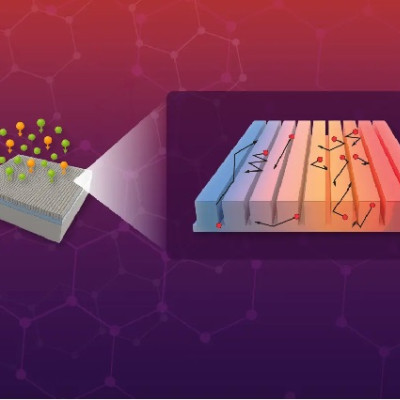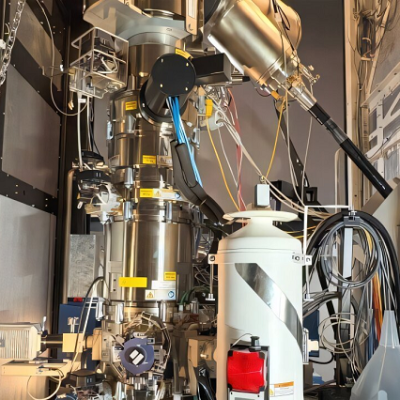How is Nanotechnology Utilized within the Aerospace Industry?
Spacecraft is put under extreme stress due to the harsh environment of space and the strains of entering and exiting atmospheres. Due to this challenging environment, the aerospace industry has a significant demand for new materials and electronics that can enhance the properties of these spacecraft structures and allow them to manage extreme conditions better.
Engineers and scientists have focussed their efforts on exploring the realm of nanoparticles, a relatively new field of science concerning nano-sized particles that have unique properties to their bulk-sized counterparts. Often, nanoparticles are incredibly lightweight while having high strength and durability; they are also highly efficient electrical conductors. In combination, these characteristics give nanoparticles great potential to develop next-generation aerospace systems.
As the field of nanomaterials begins to mature, the way spacecraft are engineered will feel a profound shift. Advances in nanotechnology are likely to be influential in helping to overcome the current limitations of space travel.
What is NanoDragon?
Under the Vietnam Academy of Science and Technology, the Vietnam National Space Centre (VNSC) has developed a nano-layer CubeSat satellite known as NanoDragon. The satellite is due to be launched from the Uchinoura Space Center in Japan.
Weighing just 3.8 kg, the satellite is comparable in weight to its predecessor, the 1kg microsatellite PicoDragon. It is also just a fraction of the weight of the 50kg MicroDragon satellite previously launched. These two previous satellites were also developed by the VNSC and launched in 2013 and 2019, respectively. Following the launch of the NanoDragon, the VNCS plan to launch the earth observation satellite, the LOTUSat-1, in 2023.
The NanoDragon is not only a feat of technology in that it leverages nanotechnology into CubeSat technology; it is also part of a more comprehensive space program launched by Vietnam, marking a profound step forward for the country in the field of aerospace.
What are Nano-Layered CubeSat Satellites?
Traditional satellites are launched into orbit and then powered by the sun's radiation as well as the sun's rays that reflect off the Earth. Cubesats, on the other hand, also transmit heat back out into space or towards the surface of the Earth, which are cooler than that of the satellite. The development of CubeSats began in 1999 at Stanford University, with the goal of overcoming industry-related challenges. During this period, satellite technology was expensive, and the heavy-weight space technologies required significant power. The cube shape of CubeSats provides large surface areas sufficient to absorb enough solar energy to power them while also providing better space-thermal ability.
The team in Vietnam has improved on this technology further by incorporating nano-layers into its design. Nanoparticles have unique properties that are bestowed on them by their tiny size. They are lightweight but strong and are also excellent thermal and electrical conductors.
CubeSatellite Technology Around the World
To date, many Cubesats have been launched with varying levels of success by agencies based in a wide range of countries around the globe, including Australia, Colombia, Denmark, France, Germany, India, Norway, Netherlands, Poland, Switzerland, Turkey, and the USA.
Currently, there are multiple projects in progress, with plans to launch satellites in the future. Some of these projects are also utilizing nanotechnology. For example, a team of researchers at the University of Southern California and the University of Utah, with funding from the NASA Innovative Advanced Concepts (NIAC) program, is exploring how the use of advanced nanotechnology will enhance CubeSat missions and facilitate a "new class of low-cost alternatives to small-body exploration."
Additionally, the Aerospace Corporation recently developed its AeroCube-14 CubeSats, which were launched in November 2019. These CubeSats were loaded with "nanotechnology payloads" to carry out modular experiments.
Future Directions of Nano-Layer CubeSat Satellites
The development of nano-layer CubeSat satellites presents an excellent opportunity for Vietnam to boost its aerospace sector. However, the only drawback is that nanotechnology research is expensive and often requires collaboration from many of the field's established professionals. As Vietnam's aerospace industry is still developing, its gravity to attract such funds and talent could threaten its potential to rapidly grow in the space sector.
There is potential, however, for the project to develop into different applications. It may be useful for the advancement of other space technologies such as remote sensing and geographic information system (GIS).
Read the original article on AZoNano.







